The oldest city of Russia, the cradle of Russian democracy, the medieval center of trade and craft, the biggest partner of Hanseatic League in 12th-17th centuries, the link between medieval Europe and Rus’ and the border between two civilizations – Veliky Novgorod is all of that.
Krestetsky district of the Novgorod region
The town of Krestsy was first mentioned in the chronicles in 1393. Around 1495, hundreds of villages in the district were mentioned as part of Derevskaya Pyatina of Novgorod Land. Many existing villages of the district are over 500 years old. The territory was a part of Derevskaya Pyatina in 15th-18th centuries.
Places of interest:

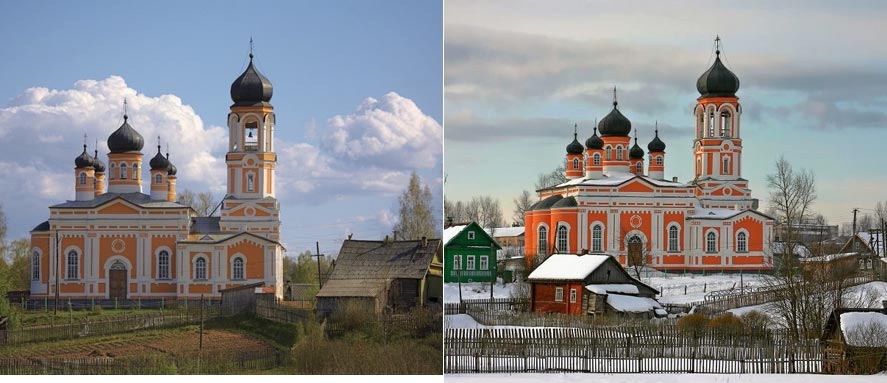
At the end of 1865, the Church of the Holy Trinity was built in Yamskaya Sloboda, based on architector Sverchkov’s project.

Ruchyi village was the terminal home of the poet Velimir Khlebnikov, “the first chairman of the earth”.
Valday
The town is located on the west shore of Lake Valday, at the middle of Moscow-Saint Petersburg motorway, next to the “Valday” railway station of the Oktyabrskaya railway, and the central part of Valday Hills.
Places of interest:

The monastery was founded by Patriarch Nikon in 1653 in honor of the wondrous icon Iberian Mother of God.
The memorial sign (2,3 m high, 1,5 m wide) on a large stone is placed at the spot where, according to the ancient chronicles, the troops of Batu Khan, which were attacking Rus’ (1237-1238), suddenly turned back to the southern fields.

The pride of Valday – the only bell museum in Russia. The exhibition is inside an 18th century landmark: Saint Catherine’s Church in the Travel Palace. The church was built upon the project of N.A. Lvov for the empress Catherine the Great.
Borovichi
People lived in these parts for around 8 thousand years. Traces of the most ancient settlements trace all the way back to 6000 BC. Many pagan Finno-Ugric tribes lived with a primitive communal system.
Places of interest:
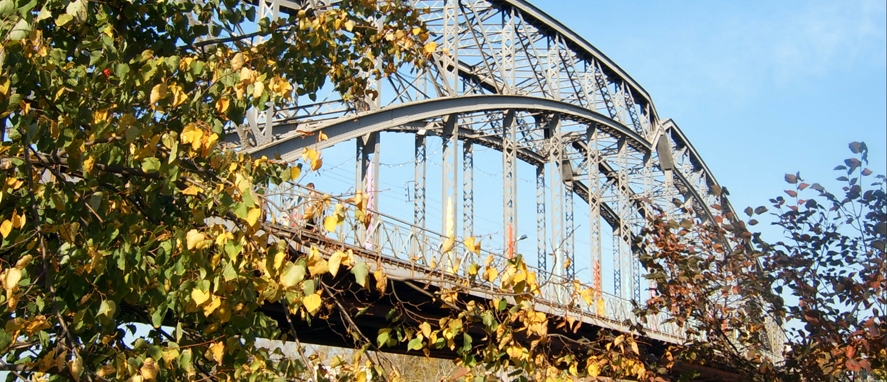
Citizens of Borovichi are especially proud of their bridge – the first arc bridge ever built in Russia in 1905, following Belelyubsky’s project.
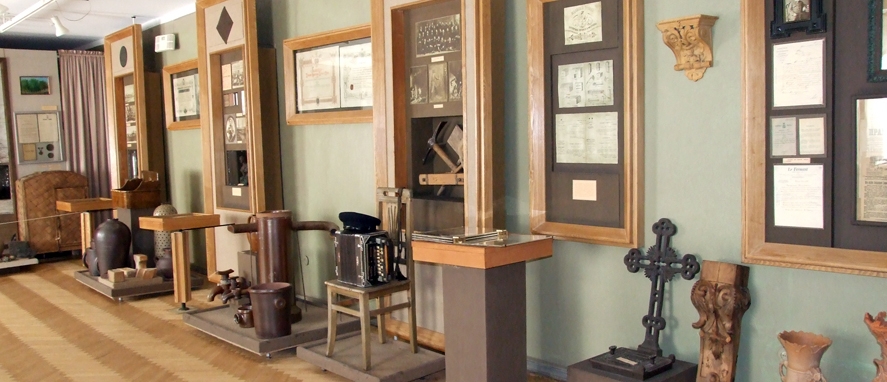
The first exhibition was opened on July 16th, 1921. Back then, the museum was called “Reppo’s Museum of Proletarian Science, Art and Industry” (Mikhail Reppo – chairman of Cheka in Borovichi).
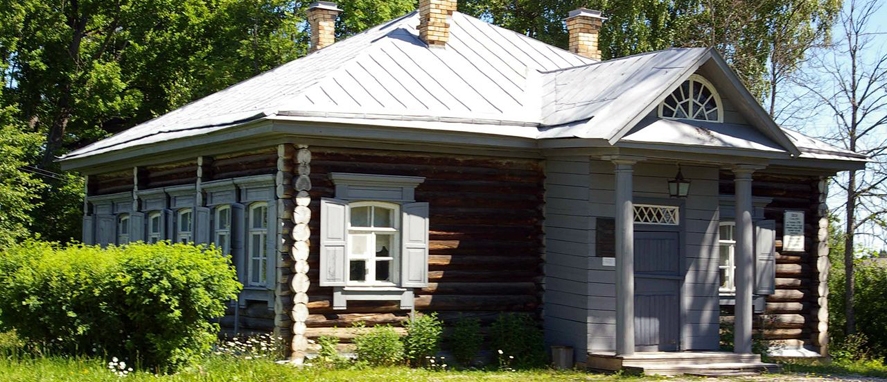
Suvorov’s Memorial Estate is the only remaining property of Suvorov at the present time. In 1763, the famed Russian commander’s father bought an estate in Konchanskoe village, which passed on to his son in the future.
Journey through Gornaya Msta, one of the most picturesque places of the Novgorod Land. It’s perfect for both corporate and family recreation (for all ages).
Lyubitino village
Lyubitino is one of the oldest centers of the Novgorod land, more than a thousand years old. Its unique feature is the high amount of archeological monuments on a moderately-sized area (3 per 10 km).
Places of interest:
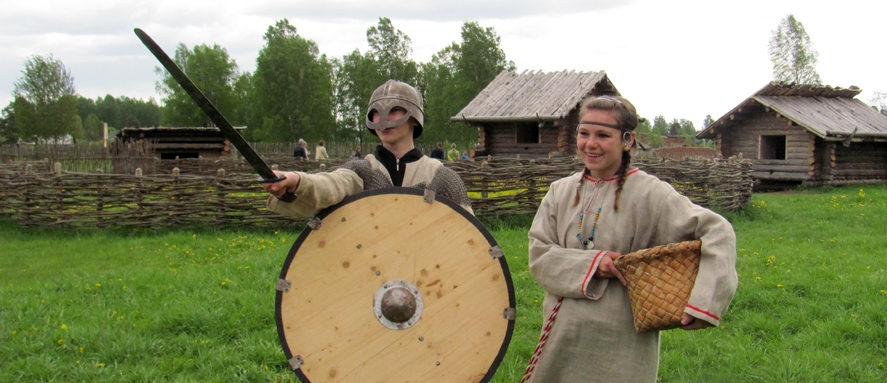
There are many unique archeological monuments to be seen at Lyubitinsky District. Resting places of the nobles, the hill forts and the monumental embankments of the hills – all of them have been preserved. As part of the “Rus’ Glubinnaya” project in Lyubitino museum of local lore, a stationary exposition had been created, consisting of both houses and household outbuildings (barns, cellars, thrashing floors and bread ovens), based on the materials unearthed from the archeological digs. It’s located at an authentic ancient settlement with the burial mound and the “stone circle”.
The estate is located in the center of Lyubitino village, on the right shore of Msta river, where it meets the Belaya river. Six structures of late 19th century were preserved, including an estate park and a family crypt.
Among the swamps and forests, in the north of Lyubitinsky district, lie the remnants of Ryokon Pustyn’ of the Holy Trinity – a male monastery in the Tikhvin district of Novgorod Governorate.
The estate is 18 kilometers away from Lyubitino village, located on shore of the beautiful Kamenskoe Lake.
It contains 250 burial monuments, many of which are 6-9 meters high, as well as settlements from 6th-16th centuries. It’s located in the valley of the Belaya river – the right tributary of the Msta river.